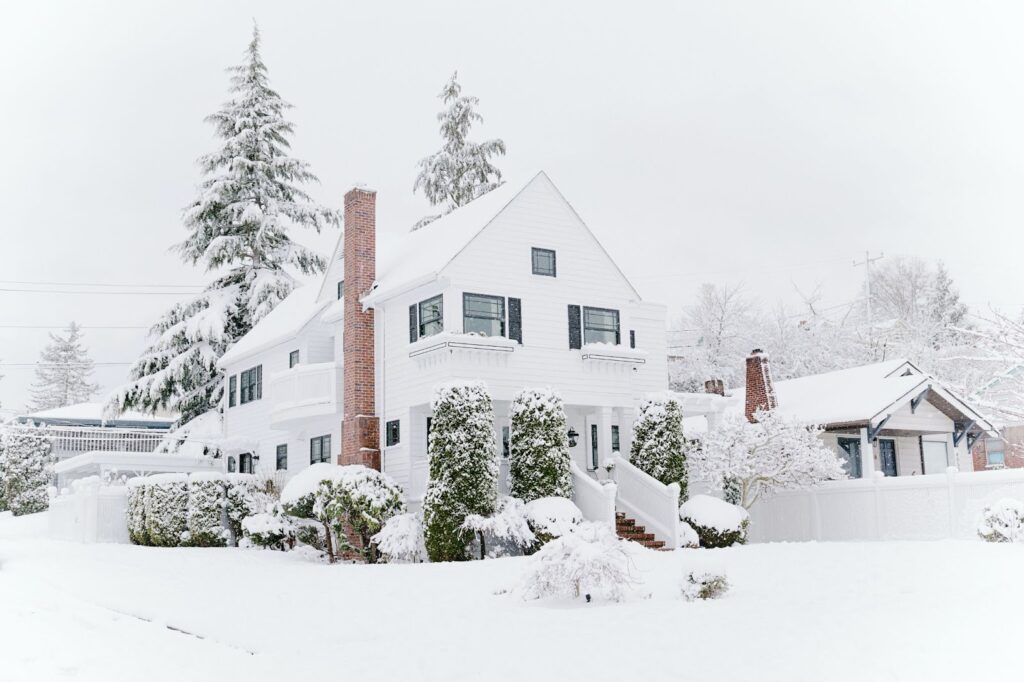Troll of Trondheim: Simple Hack to Help Protect the Elderly This Winter

“Arctic winds will bring a bitter chill to Britain this week when a cold snap dubbed the ‘Troll from Trondheim’ blows in – bringing daytime temperatures down to around zero and as low as -10C in parts of the country. The Met Office warned that ‘widespread and potentially severe frosts’ are expected as the brutally bitter deep freeze, which is named after the city in central Norway, blasts the UK.” (MSN)
December’s brutal deep freeze is compounding soaring energy prices. As 1 in 4 UK adults won’t turn on heating at all this winter. It’s a national scandal according to opposition MPs.
Poll of over 2000 UK adults:
23% of UK adults won’t turn the heating on this winter
27% of UK parents with children under age 18 won’t turn the heating on
70% of UK adults would turn their heating on less
11% of UK adults considering a loan to cover increase costs
17 of UK parents with children under age 18 considering a loan to cover increase costs
The poll took place prior to Ofgem’s announcement that the energy price cap would increase to 80% from October 2022 onwards. In turn, the average gas and electricity bill will rise from £1,971 to £3,540 per year. (The Guardian)
“Ten degrees is the average temperature that people will be living in, if they can’t afford to heat their homes…10C has a profound impact on the heart, lungs and brain…The evidence clearly suggests that cold is more deadly than the heat, there are a higher number of deaths caused through cold snaps than there are through the heat snaps…So I really do think that more recognition needs to be paid for the dangers associated with cold.” (Prof Damian Bailey, University of South Wales, BBC)
“It’s vital for older people to keep warm, both inside and outside their homes in the winter months. Being cold, even for just a short amount of time can be very dangerous as it increases the risk of associated health problems and preventable deaths during the winter.” (Caroline Abrahams, Age UK Charity Director)
Set the Ideal Room Temperature for the Elderly
The experts at Premier Care in Bathing recognise the concerns for the elderly who are at higher risk at this time of year. Determining and setting an ideal room temperature can be one way to help protect your elderly family members this winter.
The ideal temperature for an elderly person in a living room is 21°C (70°F) and in a bedroom is 18°C (64°F). Meanwhile, bathrooms should be between 22°C (71°F) and 24°C (75°F).
It’s difficult to pinpoint a definitive answer, as it can vary greatly. Things like body weight, hydration levels, your diet and certain deficiencies can all affect how – and what – temperatures could affect someone’s body, along with a huge host of medical conditions and medications. Personal preference also plays a factor. It can be hard to maintain the perfect temperature in your household, and as you get older, extreme heat and cold can become trickier to deal with.
Importance of Room Temperature
1. Retaining body heat can be an issue
As we get older, we have a more difficult time retaining body heat. In other words, we lose heat much quicker than a younger person would. This is down to a decrease in the amount of fat beneath the skin, which makes it more difficult for us to stay warm.
2. It’s hard to notice
Sometimes, elderly adults may not always notice their body temperature decreasing. Or increasing, for that matter. Conditions like dementia, and many different medications, can affect how the body perceives hot and cold temperatures, so it’s really important to be aware of this.
3. A change in temperature can have serious implications
A drop or rise in temperature can be dangerous. The common cold, for instance, can much more easily turn into something concerning for those over a certain age, and a sudden chill in the room can cause respiratory issues and raise blood pressure, which could result in a stroke or a heart attack.
How can I check the room temperature to make sure it’s safe?
It’s important that an elderly person doesn’t just rely on how they feel to judge the room temperature. Instead, you should regularly refer to a room thermostat to check this properly. Alternatively, grab a thermometer or download an app – there are lots of these available on smartphones.





